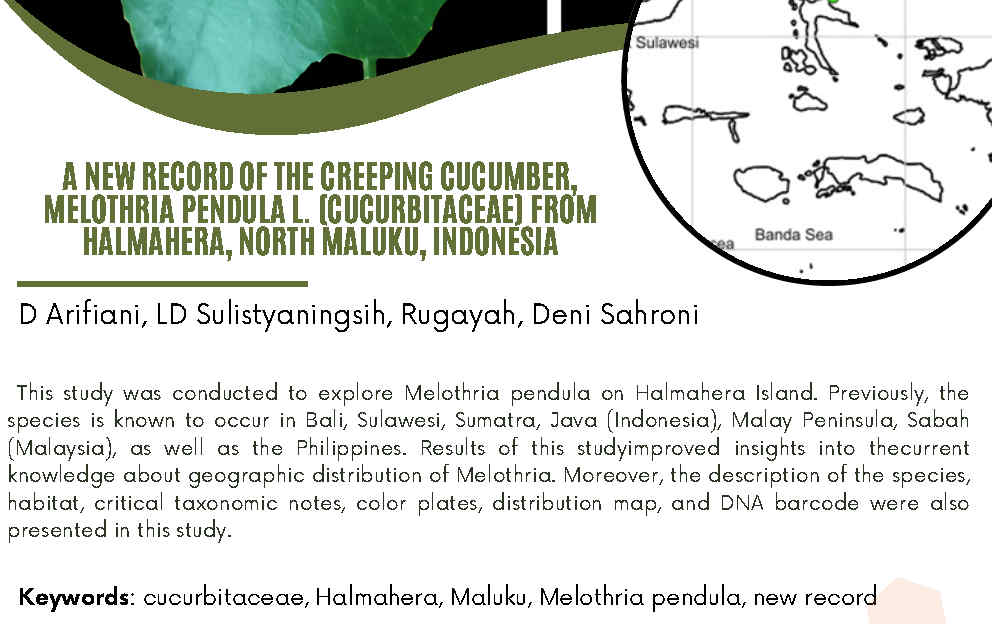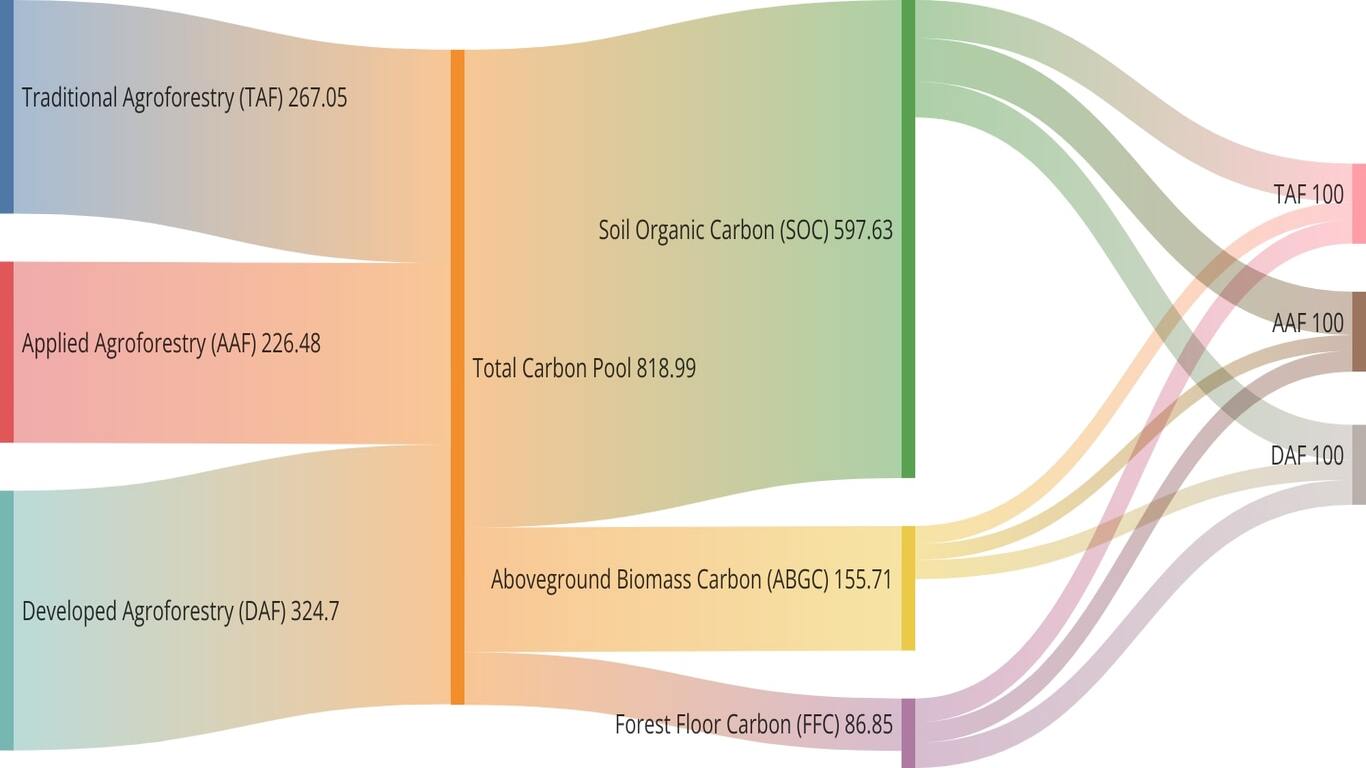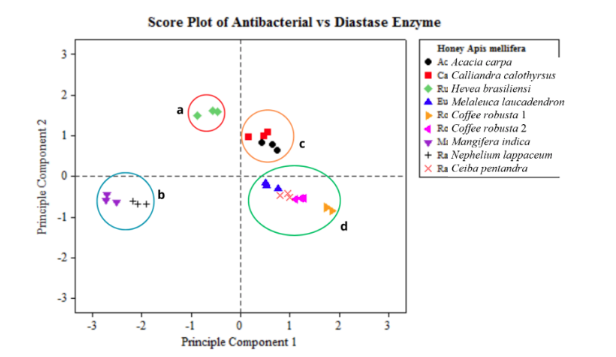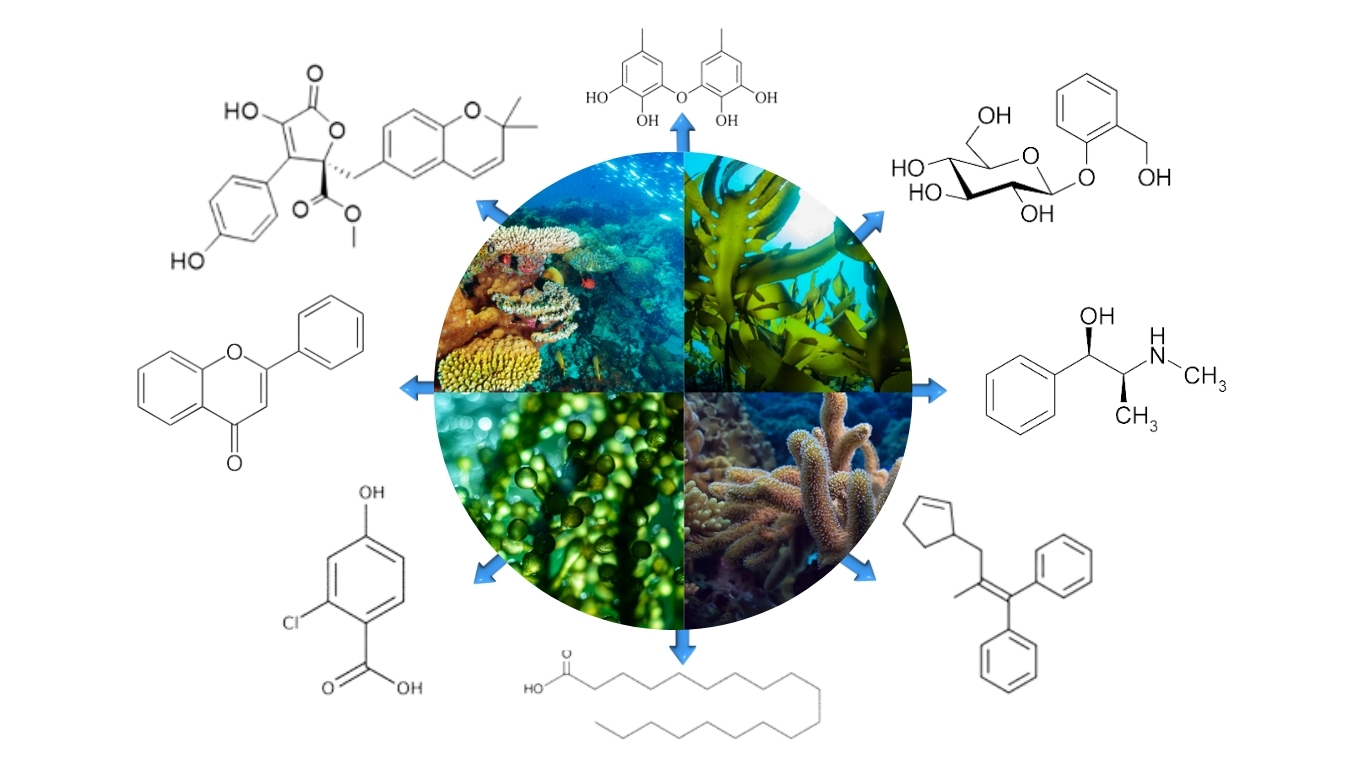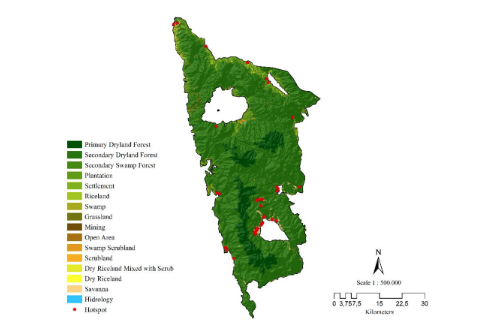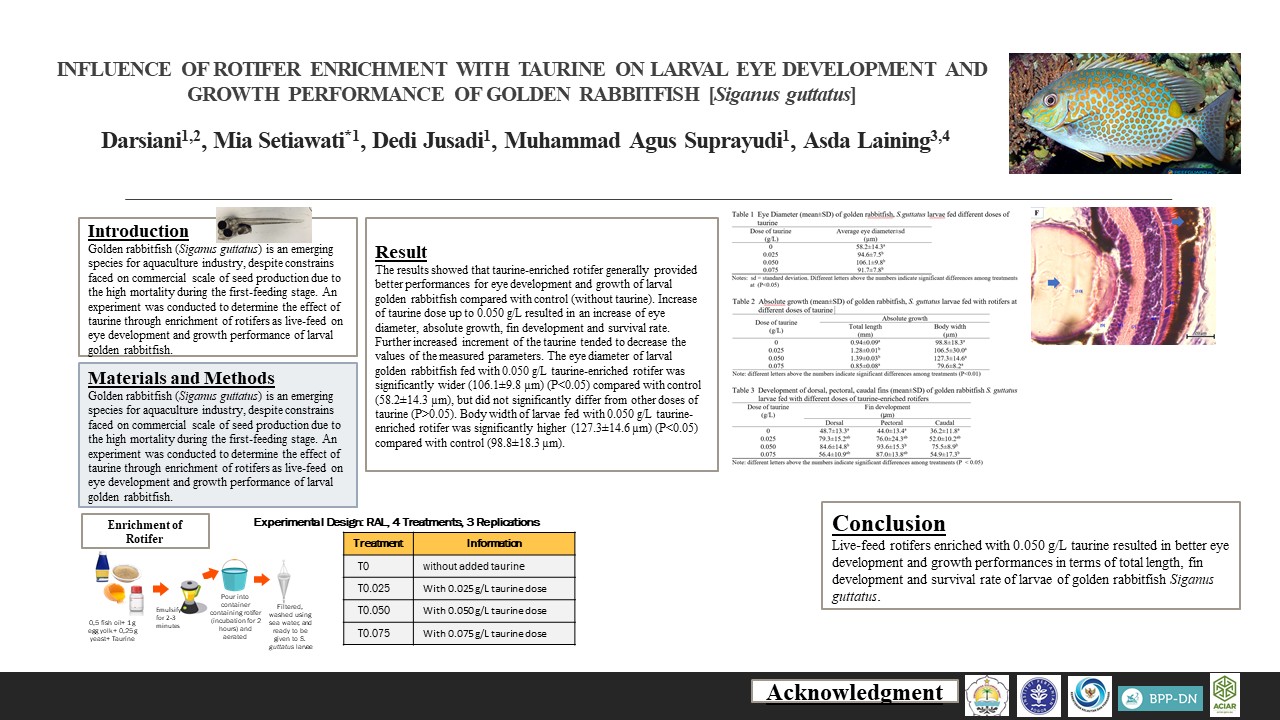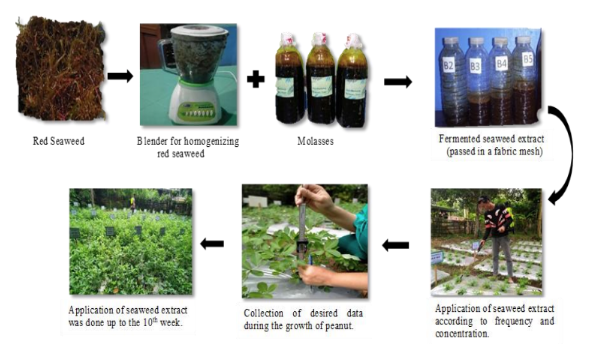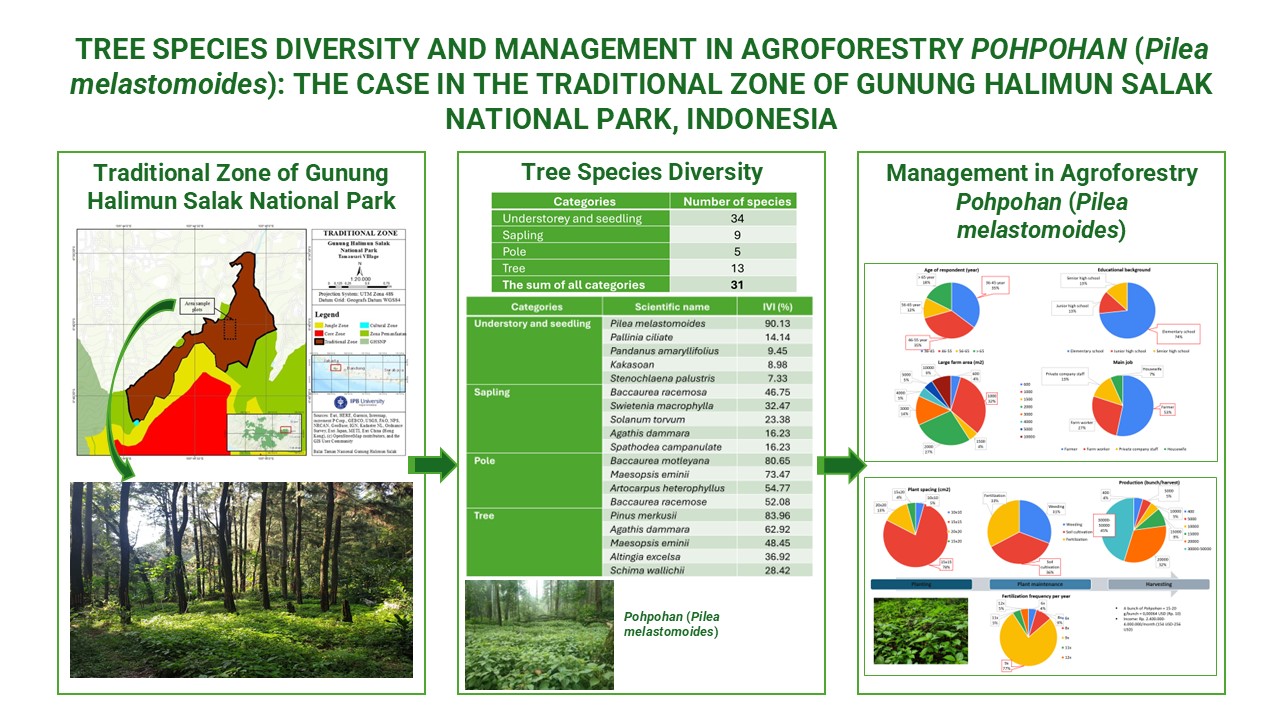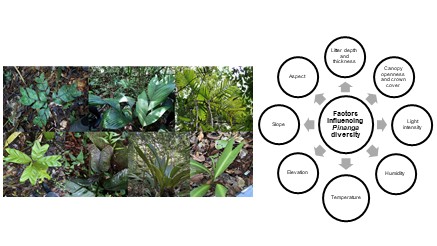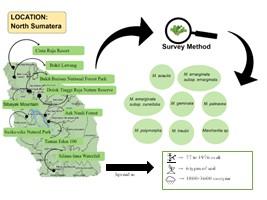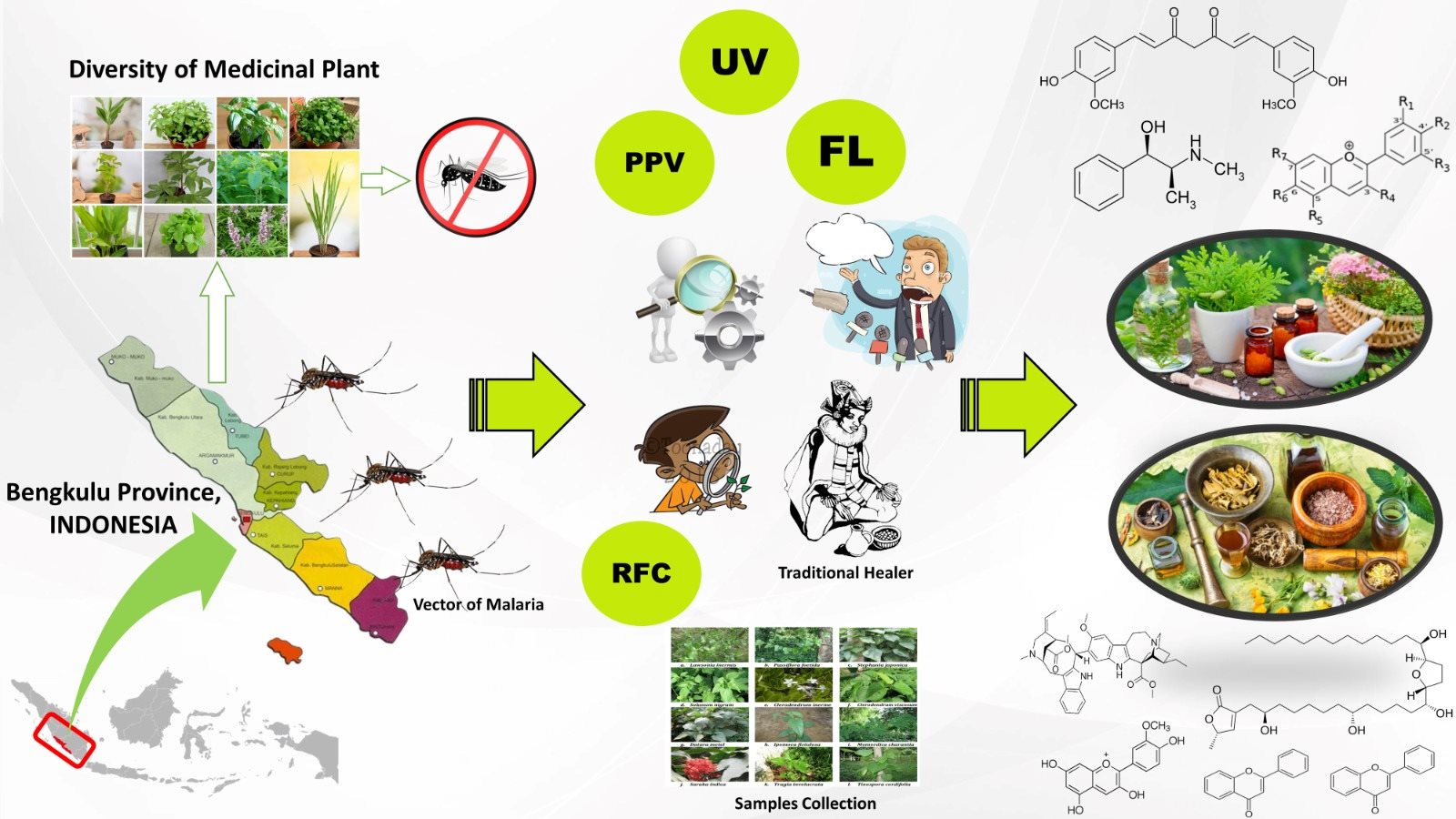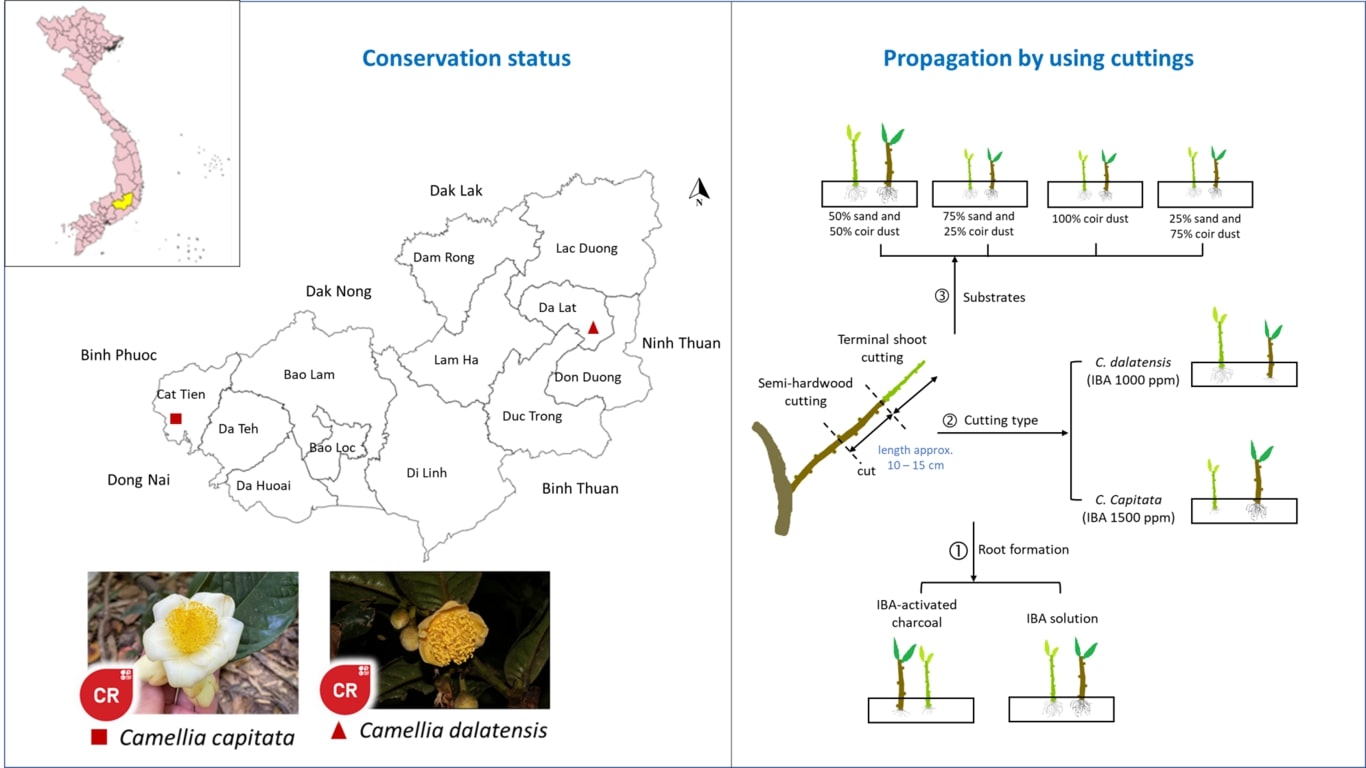EFFECTIVENESS OF LIQCORIS ORGANIC PESTICIDE AS GROWTH INHIBITOR OF PLANT PATHOGENIC MICROORGANISMS
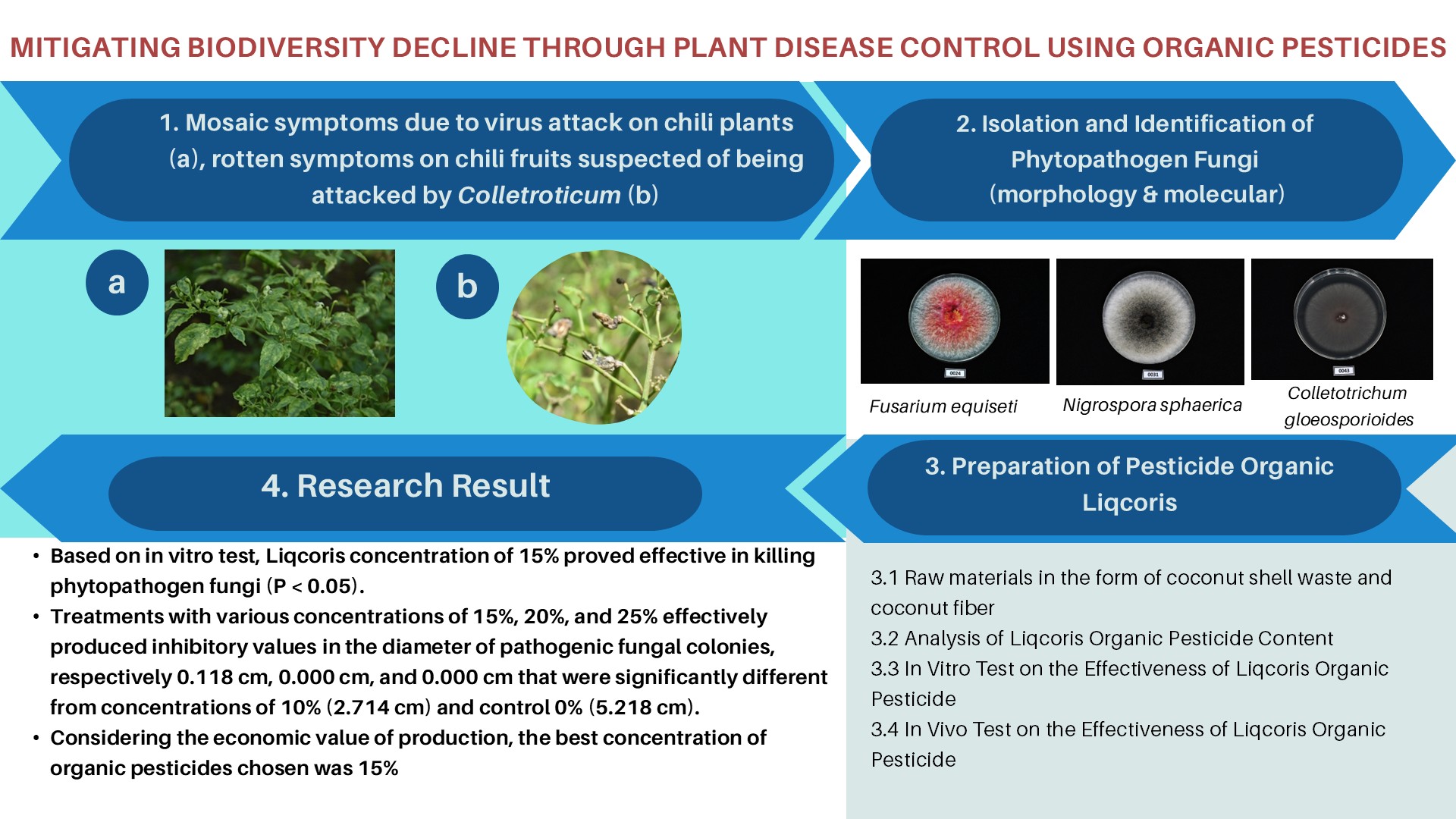
Downloads
Article Highlights:
- First study on Liqcoris, an organic pesticide made from coconut waste.
- 15% Liqcoris concentration effectively inhibits pests and plant pathogens.
- Active compounds include phenol and carbamic acid.
- Pest and fungal pathogens were isolated directly from diseased plants in a school garden.
- Coconut waste-based pesticide offers practical, eco-friendly pest control solutions.
Abstract:
Sustainable control of plant diseases is essential to maintain biodiversity. Learning using prototypes is an effort to support students in understanding and learning science and technology in order to answer problems related to biodiversity loss. The research aimed to: 1) produce a prototype of Liqcoris organic pesticide (BLM 06) from coconut shell and shell waste, 2) measure the ability of the Liqcoris organic pesticide in inhibiting the growth of plant pathogenic microorganisms, and 3) study the content of Liqcoris organic pesticide. The data obtained were statistically analyzed using the SAS Version 9.0 program. The analysis carried out was the analysis of variance (ANOVA). Duncan's advanced test was used at the 5% level to determine the differences among the treatments, i.e., 00 = control or without PDA + pesticide; 10 = PDA + pesticide concentration 10%; 15 = PDA + pesticide concentration 15%, 20 = PDA + pesticide concentration 20%, and 25 = PDA + pesticide concentration 25%. Based on in vitro test, the study showed that Liqcoris concentration of 15% proved effective in killing phytopathogen fungi (P < 0.05), including Fusarium equiseti, Fusarium graminearum, Nigrospora sphaerica and Colletotrichum gloeosporioides. Treatments with various concentrations of 15%, 20%, and 25% effectively produced inhibitory values in the diameter of pathogenic fungal colonies, respectively 0.118 cm, 0.000 cm, and 0.000 cm that were significantly different from concentrations of 10% (2.7140 cm) and control 0% (5.2180 cm). Considering the economic value of production, the best concentration of organic pesticides chosen was 15%. On the other hand, in vivo test results indicated that in controlling mosaic viruses on diseased curly chili variety TM 999, without Liqcoris treatment (control), the intensity of disease attack increased by 20.22% after 6 weeks after treatment (wat). Meanwhile, after applying Liqcoris organic pesticide with a concentration of 15%, the percentage of mosaic virus attacks decreased to 2.72% after 6 wat (P < 0.05). This study showed that the content of 15% Liqcoris organic pesticide was dominated by active compound phenol (35.16%) and carbamic acid, phenyl ester (23.61%).
Downloads
Aâ KQ, Hadiastono T, Martosudiro, M. 2013. Pengaruh penggunaan PGPR (Plant Growth Promoting Rhizobacteria) terhadap intensitas TMV (Tobacco mosaic virus), pertumbuhan, dan produksi pada tanaman cabai rawit (Capsicum frutescens L.) [Effect of PGPR (Plant Growth Promoting Rhizobacteria) on TMV (Tobacco mosaic virus) intensity, growth, and production in cayenne pepper (Capsicum frutescens L.)]. Jurnal HPT (Hama Penyakit Tumbuhan) 1(1): 47-56.
Allan E, Manning P, Alt F, Binkenstein J, Blaser S, Blüthgen N, Fischer M. 2015. Land use intensification alters ecosystem multifunctionality via loss of biodiversity and changes to functional composition. Ecol Lett 18:1-10. DOI: 10.1111/ele.12469. DOI: https://doi.org/10.1111/ele.12469
Aminu AI, Abdullahi MS. 2021. Evaluation of the antibacterial effectiveness of some antiseptics and disinfectants. UMYU Journal of Microbiology Research (UJMR) 6(1), 175-181. DOI: 10.47430/ujmr.2161.023 DOI: https://doi.org/10.47430/ujmr.2161.023
Amrullah RA, Wiyono S, Maharijaya A, Purwito, A. 2023. Etiologi penyakit antraknosa pada bawang merah yang disebabkan oleh Colletotrichum gloeosporioides. [Etiology of anthracnose disease in shallots caused by Colletotrichum gloeosporioides]. Jurnal Fitopatologi Indonesia 19(5). DOI: 10.14692/jfi.19.5.206–214 DOI: https://doi.org/10.14692/jfi.19.5.206-214
[AOAC] Association of Official Analytical Chemists International. 1995. Official Methods of Analisys Chemist. Vol. 1A. Washington (US): Association of Official Analytical Chemists.
Arif A. 2015. Pengaruh bahan kimia terhadap penggunaan pestisida lingkungan. [Effect of chemicals on environmental pesticide use]. Jurnal Farmasi UIN Alauddin Makassar 3(4):134-43. DOI: 10.24252/jfuinam.v3i4.2218
Arum IDM, Abdurrahman A. 2014. Pengaruh Kemampuan Representasi Visual Terhadap Hasil Belajar Fisika. [The effect of visual representation ability on physics learning outcomes]. .Jurnal Pembelajaran Fisika 2(5). ASEAN Key Figures 2020. [Internet]. Retrieved on 16 April 2021. Available from [https://www.aseanstats.org/wp-content/uploads/2020/11/ ASEAN_Key_Figures_ 2020.pdf
Ceballos G, Ehrlich PR, Barnosky AD, García A, Pringle RM, Palmer TM. 2015. Accelerated modern human-induced species losses: entering the sixth mass extinction. Sci Adv 1(5):e1400253. DOI 10.1126/sciadv.1400253 DOI: https://doi.org/10.1126/sciadv.1400253
Daryanti D, KDT S, Suprapti E, Budiyono A, Soelistijono R, Supriyadi T, Wiyono W. 2024. Bimbingan pembuatan pupuk dan pestisida organik untuk mendukung program bertanam sayuran organik di Desa Triyagan. [Guidance on making organic fertilizers and pesticides to support the organic vegetable growing program in Triyagan Village]. Jurnal Pengabdian Masyarakat 4(1):7-12. DOI: 10.36728/ganesha.v4i1.2695
Dharmadewi AAIM, Suryatini KY. 2022. Potensi biopestisida dalam pengendalian hama dan penyakit pada tanaman pangan: suatu kajian pustaka. [The potential of biopesticides in pest and disease control in food crops: a literature review]. In SEMBIO: Seminar Nasional Biologi dan Pendidikan Biologi 1(1):46-52. DOI: 10.5281/zenodo.7112675
Firyanto R, Mulyaningsih MS, Nisa L. 2023. Efektivitas pestisida organik ekstrak kulit jeruk nipis terhadap kematian jangkrik [The effectiveness of organic pesticide lime peel extract on cricket mortality]. Jurnal Inovasi Teknik Kimia 6(2):85-8. DOI :10.31942/inteka.v6i2.5507 DOI: https://doi.org/10.31942/inteka.v6i2.5507
Hagner M. 2013. Potential of the slow pyrolysis products birch tar oil, wood vinegar and biochar in sustainable plant protection: pesticidal effects, soil improvement and environmental risks. [Thesis]. Helsinki (FI): Faculty of Biological and Environmental Sciences, University of Helsinki.
Hakim DS, Kasiamdari RS. 2023. Identifikasi dan seleksi fungi endofit daun sirih hijau (piper betle l.) penghasil enzim selulase [Identification and selection of endophytic fungi from green betel leaves (Piper betle L.) producing cellulase enzymes]. Berkala Ilmiah Biologi 14(3):23-31. DOI:10.22146/bib.v14i3.8714 DOI: https://doi.org/10.22146/bib.v14i3.8714
Hami A, Rasool RS, Khan NA, Mansoor S, Mir MA, Ahmed N, Masoodi KZ. 2021. Morpho-molecular identification and first report of Fusarium equiseti in causing chilli wilt from Kashmir (Northern Himalayas). Sci Rep 11(1):1-14. DOI: 10.1038/s41598-021-82854-5 DOI: https://doi.org/10.1038/s41598-021-82854-5
Hammerschmidt PA, Pratt DE. 1978. Phenolic antioxidants of dried soybeans. J Food Sci 43(2):556-9. DOI: https://doi.org/10.1111/j.1365-2621.1978.tb02353.x
Hazzat NE, Adnani M, Msairi S, Alaoui MAE, Mouden N, Chliyeh M, …, Douira A. 2023. Fusarium equiseti as one of the main Fusarium species aausing wilt and root rot of chickpeas in Morocco. Acta Mycol 58. DOI:10.5586/am.576 DOI: https://doi.org/10.5586/am.576
Linders TEW, Schaffner U, Eschen R, Abebe A, Choge SK, Nigatu L, Allan E. 2019. Direct and indirect effects of invasive species: Biodiversity loss is a major mechanism by which an invasive tree affects ecosystem functioning. J Ecol 107(6):2660-72. DOI:10.1111/1365-2745.13268 DOI: https://doi.org/10.1111/1365-2745.13268
Maulidiyah DE, Hazra F, Rosita R. 2023. Pestisida organik sebagai pengendali bercak daun jahe merah (Zingiber officianale var. rubrum) yang disebabkan Nigrospora sphaerica. [Organic pesticide as a control of red ginger leaf spot (Zingiber officianale var. rubrum) caused by Nigrospora sphaerica]. In: Prosiding Seminar Nasional Biologi XI 2023, FMIPA Universitas Negeri Semarang. p.64-9.
Muallim S, Mahyati M. 2019. Pengolahan limbah tongkol jagung menjadi asap cair dengan metode pirolisis lambat. [Processing corn cob waste into liquid smoke with slow pyrolysis method]. Intek (Informasi Teknologi) Jurnal Penelitian 6(1):69-74. DOI:10.31963/intek.v6i1.1209 DOI: https://doi.org/10.31963/intek.v6i1.1209
[NRC] National Research Council. 2013. Abrupt impacts of climate change: Anticipating surprises. Washington, DC (US): National Academies Press
Rizki AZ, Choliq FA, Martosudiro M. 2021. Antifungal effects of plant extracts on Colletotrichum gloeosporides in chilli pepper (Capsicum frutescens L.). J Trop Plant Prot 2(2):68-74. DOI: 10.21776/ub.jtpp.2021.002.2.5 DOI: https://doi.org/10.21776/ub.jtpp.2021.002.2.5
Sharma I, Thakur A, Sharma A, Singh N, Kumar R, Sharma A. 2022. Phytoalexins: Implications in plant defense and human health. In: Sharma AK, Sharma A. Plant secondary metabolites: Physico-chemical properties and therapeutic applications. 1st EditionSingapore: Springer Nature Singapore. p. 329-53. DOI: https://doi.org/10.1007/978-981-16-4779-6_10
Tijjani H, Egbuna C, Carrol LD. 2018. Biosynthesis of phytochemicals. In: Egbuna C, Ifemeje C, Udedi SC, Kumar S (Editors). Phytochemistry: Fundamentals, modern techniques, and applications. Vol. 1. Oakville (CA): Apple Academic Press. p.37-78. DOI: https://doi.org/10.1201/9780429426223-2
Tziros GT, Samaras A, Karaoglanidis GS. 2022. Fusarium equiseti as an emerging foliar patogen of lettuce in Greece: Identification and development of a real-time PCR for quantification of inoculum in soil samples. Patogens 11(11):1357. DOI: 10.3390/pathogens11111357 DOI: https://doi.org/10.3390/pathogens11111357
Walton NJ, Mayer MJ, Narbad A. 2003. Vanillin. Phytochemistry 63(5):505-15. DOI:10.1016/s0031-9422(03)00149-3 DOI: https://doi.org/10.1016/S0031-9422(03)00149-3
Wright ER, Folgado M, Rivera MC, Crelier A, Vasquez P, Lopez SE. 2008. Nigrospora sphaerica causing leaf spot and twig and shoot blight on blueberry: A new host of the patogen. Plant Dis 92(1):171. DOI: 10.1094/pdis-92-1-0171b DOI: https://doi.org/10.1094/PDIS-92-1-0171B
Wulandari E, Liza AK, Ridwan M. 2019. Pestisida nabati pembasmi hama ramah lingkungan untuk petani tebuwung. [Plant-based pesticides kill environmentally friendly pests for tebuwung farmers]. Jurnal Abdikarya: Jurnal Karya Pengabdian Dosen dan Mahasiswa 3(4). DOI :10.31764/jmm.v7i6.17816
Yadav IC, Devi NL, Syed JH, Cheng Z, Li J, Zhang G, Jones KC. 2015. Current status of persistent organic pesticides residues in air, water, and soil, and their possible effect on neighboring countries: A comprehensive review of India. Sci Total Environ 511:123-37. DOI:/10.1016/j.scitotenv.2014.12.041 DOI: https://doi.org/10.1016/j.scitotenv.2014.12.041
Yatagai. 2002. Utilization of charcoal and wood vinegar in Japan. [Dissertation]. Tokyo (JP): Graduate School of Agricultural and Life Sciences, University of Tokyo.
Yunus EY, Hamdana AK, Wicaksono Y, Zunaidi BS, Arliansyah AA. 2022. Pendayagunaan limbah kulit bawang merah sebagai bahan pembuatan pestisida organik pada Desa Sekarkare. [Utilization of shallot peel waste as material for making organic pesticides in Sekarkare Village]. Jurnal Pengabdian kepada Masyarakat Nusantara 3(1):216-9.
Zacharia JT. 2011. Identity, physical and chemical properties of pesticides. In: Stoytcheva M (Editor). Pesticides in the modern world-Trends in pesticides analysis. Intechopen. p.1-18. DOI:10.5772/17513 DOI: https://doi.org/10.5772/17513
Zhang XL, Guo YS, Wang CH, Li GQ, Xu JJ, Chung HY, …, Wang GC. 2014. Phenolic compounds from Origanum vulgare and their antioxidant and antiviral activities. Food Chem 152:300-6. DOI: 10.1016/j.foodchem.2013.11.153 DOI: https://doi.org/10.1016/j.foodchem.2013.11.153
Copyright (c) 2025 Risa Rosita, Deden Dewantara Eris, Misbakhul Bait, Dr. Zulhamsyah Imran

This work is licensed under a Creative Commons Attribution-NonCommercial-NoDerivatives 4.0 International License.
Authors who publish with this journal agree with the following terms:
- Authors retain copyright and grant the journal right of first publication, with the work 1 year after publication simultaneously licensed under a Creative Commons attribution-noncommerical-noderivates 4.0 International License that allows others to share, copy and redistribute the work in any medium or format, but only where the use is for non-commercial purposes and an acknowledgement of the work's authorship and initial publication in this journal is mentioned.
- Authors are able to enter into separate, additional contractual arrangements for the non-exclusive distribution of the journal's published version of the work (e.g., post it to an institutional repository or publish it in a book), with an acknowledgement of its initial publication in this journal.
- Authors are permitted and encouraged to post their work online (e.g., in institutional repositories or on their website) prior to and during the submission process, as it can lead to productive exchanges, as well as earlier and greater citation of published work (See The Effect of Open Access).










